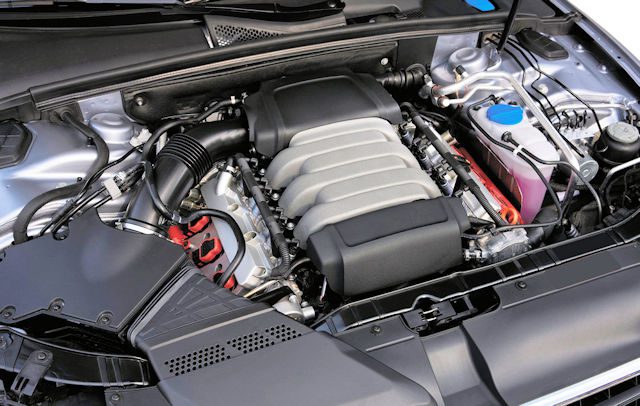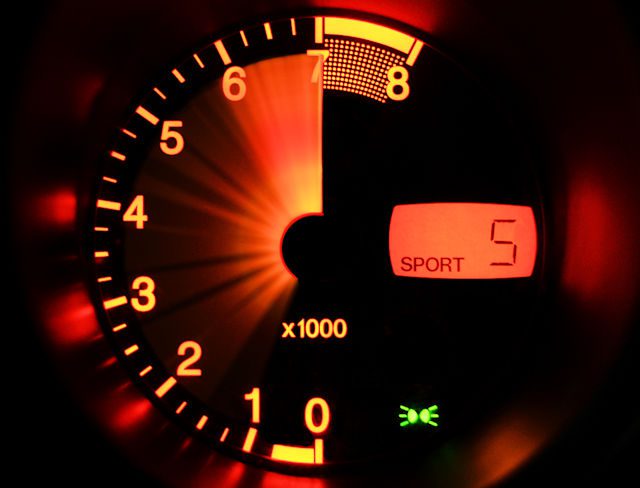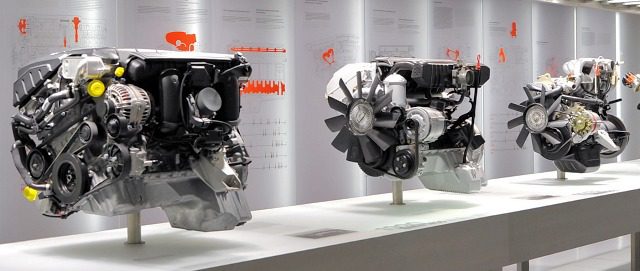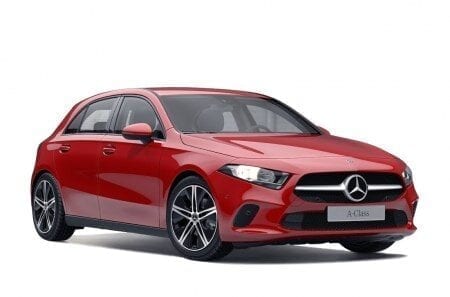
The difference between torque and power ...
Content
The difference between torque and power is a question many curious people ask. And this is understandable, since these two data are among the most studied in the technical data sheets of our cars. So it would be interesting to dwell on that, even if it won't necessarily be the most obvious...

First of all, let us clarify that the couple expresses themselves in Newton. Meter and strength in Horsepower (when we talk about a machine, because science and mathematics use Watt)
Is it really a difference?
In fact, it will not be easy to separate these two variables, since they are related to each other. It's like asking what's the difference between bread and flour. It doesn't make much sense, because flour is part of bread. It would be better to compare ingredients to each other (e.g. water vs flour in a pinch) than to compare an ingredient to a finished product.
Let's try to explain all this, but at the same time make it clear that any help from your side (through the comments at the bottom of the page) will be welcomed. The more different ways there are to explain it, the more Internet users will come to understand the connection between these two concepts.
Power is the result of pairing (a bit heavy wording, I know well...) rotational speed.
Mathematically, this gives the following:
( π X Torque in Nm X Mode) / 1000/30 = Power in kW (which translates into horsepower if we later want to have a "more automotive concept").
Here we begin to understand that comparing them is almost nonsense.

Studying the torque / power curve
There is nothing better than an electric motor to fully understand the relationship between torque and power, or rather how there is a relationship between torque and speed.
See how logical the torque curve of an electric motor is, which is much easier to understand than the curve of a heat engine. Here we see that we provide constant and maximum torque at the beginning of the revolution, which increases the power curve. Logically, the more force I put on a spinning axle, the faster it will spin (and therefore more power). On the other hand, as the torque decreases (when I press less and less on the rotating axle, continuing to press anyway), the power curve starts to decrease (although the rotation speed continues to decrease). Increase). Essentially, torque is the "acceleration force" and power is the sum that combines this force and the rotational speed of the moving part (angular velocity).
Do the couple succeed in all this?
Some people only compare motors for their torque or almost. In fact, this is a delusion ...

For example, if I compare a gasoline engine that develops 350 Nm at 6000 rpm with a diesel engine that develops 400 Nm at 3000 rpm, we might think that it is the diesel that will have the most acceleration force. Well, no, but we will return to the start, the main thing is power! Only power should be used to compare motors (ideally with curves…Because high peak power isn't everything!).

Indeed, while torque only indicates maximum torque, power includes torque and engine speed, so we have all the information (only torque is only a partial indication).
If we go back to our example, then we can say that the diesel can be proud of, giving out 400 Nm at 3000 rpm. But don't forget that at 6000 rpm it definitely won't be able to deliver more than 100 Nm (let's skip the fact that the oil can't reach 6000 tons), while gasoline can still deliver 350 Nm at that speed. In this example, we are comparing a 200 hp diesel engine. with petrol engine 400 hp (figures derived from quoted torques) single to double.
We always remember that the faster an object turns (or moves forward), the harder it is to get it to even pick up speed. Thus, an engine that develops significant torque at high rpm shows that it has even more power and resources!
Explanation by example
I had a little idea to try and figure it all out, hoping it wasn't that bad. Have you ever tried to stop a low-power electric motor with your fingers (small fan, electric motor in the Mecano kit when you were little, etc.).
It can spin quickly (say 240 rpm or 4 revolutions per second), we can easily stop it without damaging it much (it whips a little if there are propeller blades). This is because its torque is not very important and therefore its wattage (this applies to small electric motors for toys and other small accessories).
On the other hand, if at the same speed (240 rpm) I cannot stop it, it means that its torque will be more, which will also lead to more final power (both are mathematically related, it is like communicating vessels). But the speed remained the same. So, by increasing the engine torque, I increase its power, because approximately
Couple
X
Rotational speed
= Power... (an arbitrarily simplified formula to help understand: Pi and some of the variables visible in the top formula have been removed)
So, for the same given power (say 5W, but who cares) I can get either:
- A motor that spins slowly (e.g. 1 revolution per second) with high torque that will be a little harder to stop with your fingers (it doesn't run fast, but its high torque gives it significant strength)
- Or a motor running at 4 rpm but with less torque. Here, the lower torque is compensated for by the higher speed, which gives it more inertia. But stopping with your fingers will be easier despite the higher speed.
After all, two engines have the same power, but they don't work the same (power comes in different ways, but the example is not very representative for this, since it is limited to a given speed. In a car, the speed changes all the time, which gives rise to the famous power and torque curves moment). One turns slowly and the other turns quickly ... This is a small difference between diesel and gasoline.
And that is why trucks run on diesel fuel, because diesel has a high torque, to the detriment of its rotational speed (the maximum engine speed is much lower). Indeed, it is necessary to be able to move forward, despite a very heavy trailer, without having to scold the engine, as is the case with gasoline (one would have to climb the towers and play with the clutch like crazy). The diesel transmits maximum torque at low revs, which makes towing easier and allows you to take off from a stationary vehicle.

Relationship between power, torque and engine speed
Here is the technical input that a user has shared in the comments section. It seems reasonable to me to insert it directly into the article.
In order not to complicate the problem with physical quantities:
Power is the product of the torque on the crankshaft and the crankshaft speed in radians/sec.
(remember that for 2 revolutions of the crankshaft at 6.28 ° there is 1 * pi radians = 360 radians.
So P = M * W
P -> power in [W]
M -> torque in [Nm] (Newton meter)
W (omega) - angular velocity in radians / sec W = 2 * Pi * F
With Pi = 3.14159 and F = crankshaft speed in t / s.
A practical example
Engine torque M: 210 Nm
Motor speed: 3000 rpm -> frequency = 3000/60 = 50 rpm
W = 2 * pi * F = 2 * 3.14159 * 50 t / s = 314 radians / s
Final Au: P = M * W = 210 Nm * 314 rad / s = 65940 W = 65,94 kW
Conversion to CV (horsepower) 1 hp = 736 W
In CV we get 65940 W / 736 W = 89.6 CV.
(Recall that 1 horsepower is the average power of a horse that runs continuously without stopping (in mechanics, this is called rated power).
So when we talk about a 150 hp car, it is necessary to increase the engine speed to 6000 rpm with a torque that remains limited or even slightly reduced to 175 Nm.
Thanks to the gearbox, which is a torque converter, and the differential, we have an increase in torque of about 5 times.
For example, in 1st gear, the engine torque at the crankshaft of 210 Nm will give 210 Nm * 5 = 1050 Nm at the rim of a 30 cm spoke wheel, this will give a pulling force of 1050 Nm / 0.3 m = 3500 Nm.
In physics F = m * a = 1 kg * 9.81 m / s2 = 9.81 N (a = Earth's acceleration 9.81 m / s2 1G)
Thus, 1 N corresponds to 1 kg / 9.81 m / s2 = 0.102 kg of force.
3500 N * 0.102 = 357 kg force that pushes the car up a steep slope.
I hope these few explanations strengthen your knowledge of the concepts of power and mechanical torque.

